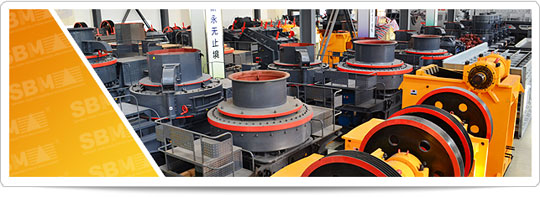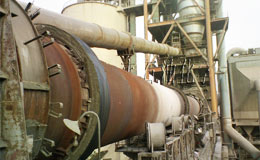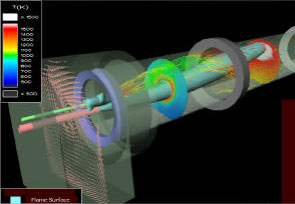-
Sand Making Crusher
- PCL-Vertical Shaft Impact Crusher
- SBM Hydraulic VSI Crusher
- VSI5X Series Impact Crusher

Lime kiln

SBM offers a comprehensive combustion audit, analysis, optimization, and problem resolution for your kiln. Using advanced numerical tools, we diligently obtain comprehensive details of your process in a cost effective manner to:
· Reduce fuel costs
· Solve operational problems
· Increase production
· Reduce emissions
· Increase refractory life
· Optimize kiln operations
· Reduce residual carbonate
· Produce a controlled flame shape
· Significantly reduce decision making risks for retrofits
Kiln issues
Kilns are key equipment in the cement, mining, and pulp and paper industries. They consume a significant amount of fuel and have common operational problems including improper flame shape, flame impingement, premature brick failure, excessive emissions, low product output, poor hood aerodynamics, poor air/fuel mixing for combustion, and low fuel efficiency. These problems are closely related to the flow and heat transfer to the mud and to the combustion processes in the kiln. SBM works closely with clients to determine the root cause of problems by performing comprehensive analysis to determine the most cost-effective solution. Clients are assured of an unbiased and independent source of information for decision making.
The SBM advantage

Detailed information from the analysis is used by process engineers to evaluate “what if” scenarios, by operators to avoid improper operational settings, by mill managers to make informed decisions regarding kiln retrofits, and by the mill to address environmental issues. SBM provides comprehensive information throughout your kiln at relatively low cost.
SBM uses a validated and coupled combustion, convection, diffusion, and radiation models that provide significantly more realistic solutions than non-thermal physical or simplified mathematical models. Results can be applied with confidence to:
· Reduce fuel consumption
· Adjust primary/secondary air and fuel ratios and burner settings to maximize kiln efficiency
· Identify and eliminate thermal hot spots that lead to reduced brick liner lifetime
· Develop strategies for reducing ring formation
· Identify and fix problems with kiln performance due to hood shape and secondary air ports location and size
· Evaluate NCG injection alternatives - optimize injection
· Evaluate alternative fuels
· Minimize emissions
· Optimize heat transfer to mud
· Improve combustion stability through retrofit and adjustment of the burner and burner structure
- About Us
- |
- Service
- |
- News & Events
- |
- Contact Us
- |
- Resources
Aggregate Crusher
Artificial Sand Making
Ballast Crushing Machine
Basalt Stone Crusher
Barite Mine Process
Beneficiation Plant
Bentonite Crusher
Bentonite Milling
Calcium Carbonate Crusher
Calcium Carbonate Grinding
Cement Grinding
Concrete Crusher
Coal Crusher
Copper Crusher
Cement Mill
Chrome Mining Process
Copper ore Beneficiation
Coal Processing
Coal Pulvarizer
Feldspar Crushing
Feldspar Grinding
Flotation Machine
Gold Crusher
Gold Mine Equipment
Gold Processing Machinery
Granite Crusher
Granite Crushing Machine
Granite Quarry Equipment
Gypsum Crusher
Gypsum Mining
Gypsum Powder Production
Iron Ore Beneficiation
Iron Ore Crusher
Kaolin Processing Plant
Limestone Crusher
Silica Sand Crusher
Iron Ore Mining Equipment
Cement Production Line
Talc Production Line
Quartz Crushing Machine
Limestone Mining Process
Manganese Benificietion


